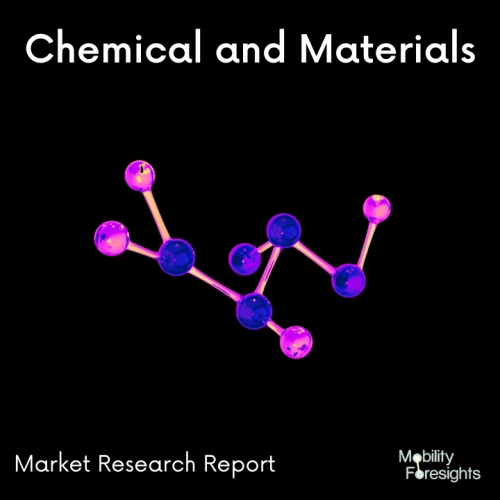
- Get in Touch with Us

Last Updated: Apr 25, 2025 | Study Period: 2023-2030
Weld strengths of 90% of the strength of PBT are achievable in heated tool welds of polyetherimide to the semicrystalline polyester PBT.
For welds between different types of materials to have high strengths, it's crucial to employ various heated tool temperatures.
The concentration of vibratory energy per unit area determines weldability. The material at the junction needs more energy to flow because Ultem resin has a greater melting point than the majority of other thermoplastics.
The end-use environment of the assembled unit is crucial when choosing an adhesive because adhesive bonding requires the application of a chemically distinct substance between two pieces.
All factors, including service temperatures, surroundings, and intended performance, must be taken into account.
Simple solvent wiping can result in good adhesion, but there are occasions when it's preferable to activate the surface using a corona discharge, flame treatment, or chromic acid etch.

Global fiber optic polyetherimide (PEI) accounted for $XX Billion in 2022 and is anticipated to reach $XX Billion by 2030, registering a CAGR of XX% from 2023 to 2030.
In comparison to typical ULTEM grades, this innovative polyetherimide (PEI) resin offers a much lower coefficient of thermal expansion (CTE).
To maximise the dimensional stability of the collimator lenses and guarantee alignment with single-mode fibres, a low CTE is necessary.The new grade additionally offers near-infrared (IR) transmission without compromising signal quality.
ULTEM 3310TD resin, a potential substitute for glass, provides the effectiveness of high-volume micro-molding, eliminates the need for pricey secondary procedures, increases design freedom, and reduces part weight.
The CTE of the recently developed ULTEM 3310TD resin, which is frequently used in multi-mode optical transceiver lenses, is 38 ppm/C, which is a reduction of 30% from the CTE of ULTEM 1010 resin.
While not as low as that of glass, the new material's CTE increases the prospects for thermoplastics to be used in single-mode fibre optics.
Additionally, ULTEM 3310TD resin has a number of benefits over glass, including the capacity to be micro-molded into a variety of shapes without the time-consuming secondary grinding and polishing necessary for aspherical glass lenses.
| Sl no | Topic |
| 1 | Market Segmentation |
| 2 | Scope of the report |
| 3 | Abbreviations |
| 4 | Research Methodology |
| 5 | Executive Summary |
| 6 | Introduction |
| 7 | Insights from Industry stakeholders |
| 8 | Cost breakdown of Product by sub-components and average profit margin |
| 9 | Disruptive innovation in the Industry |
| 10 | Technology trends in the Industry |
| 11 | Consumer trends in the industry |
| 12 | Recent Production Milestones |
| 13 | Component Manufacturing in US, EU and China |
| 14 | COVID-19 impact on overall market |
| 15 | COVID-19 impact on Production of components |
| 16 | COVID-19 impact on Point of sale |
| 17 | Market Segmentation, Dynamics and Forecast by Geography, 2023-2030 |
| 18 | Market Segmentation, Dynamics and Forecast by Product Type, 2023-2030 |
| 19 | Market Segmentation, Dynamics and Forecast by Application, 2023-2030 |
| 20 | Market Segmentation, Dynamics and Forecast by End use, 2023-2030 |
| 21 | Product installation rate by OEM, 2023 |
| 22 | Incline/Decline in Average B-2-B selling price in past 5 years |
| 23 | Competition from substitute products |
| 24 | Gross margin and average profitability of suppliers |
| 25 | New product development in past 12 months |
| 26 | M&A in past 12 months |
| 27 | Growth strategy of leading players |
| 28 | Market share of vendors, 2023 |
| 29 | Company Profiles |
| 30 | Unmet needs and opportunity for new suppliers |
| 31 | Conclusion |
| 32 | Appendix |